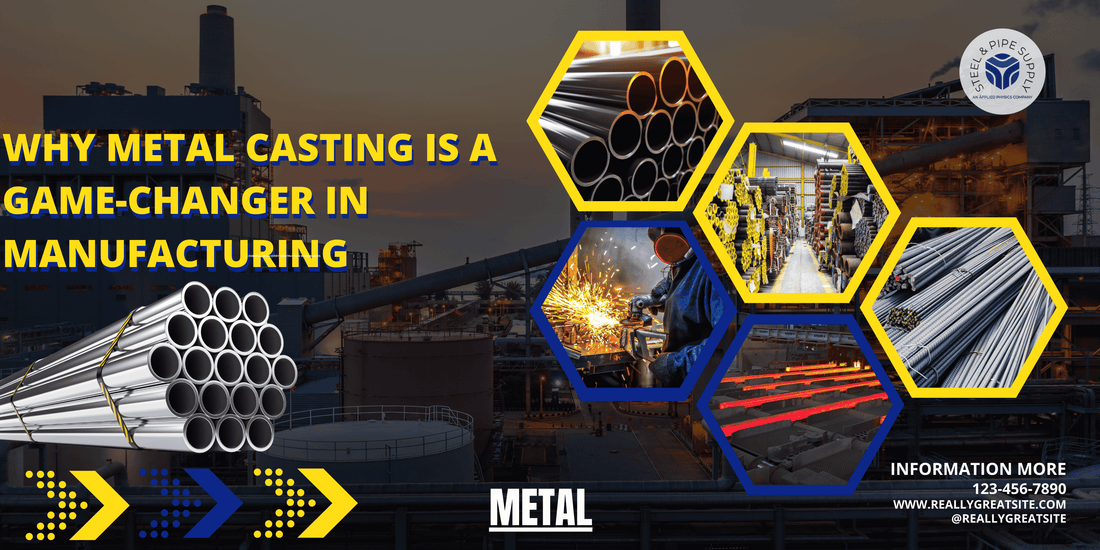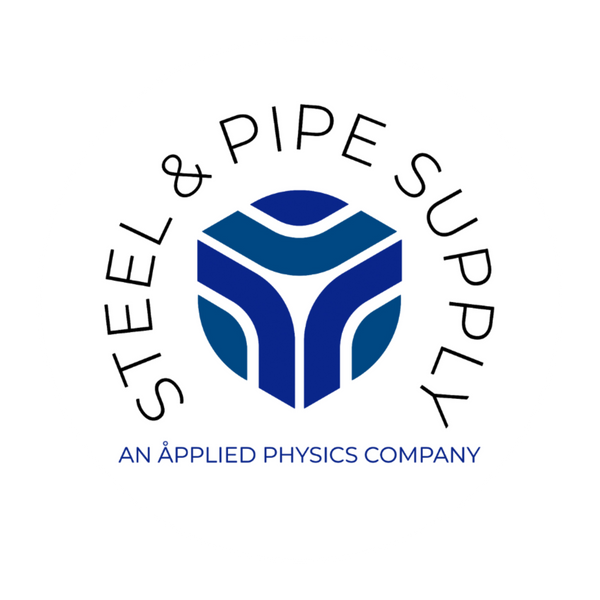
Why Metal Casting Is a Game-Changer in Manufacturing
Share
Introduction
Metal casting has been a fundamental process in manufacturing for thousands of years, dating back to ancient civilizations such as the Mesopotamians and Egyptians. The earliest known casting technique, known as the "lost wax" method, involved creating intricate metal objects by pouring molten metal into molds made from wax. Over time, advancements in materials and techniques led to the development of sand casting, investment casting, and die casting, which revolutionized the production of complex metal components.
The Industrial Revolution marked a significant turning point in the history of metal casting, as it brought about the widespread adoption of mechanized foundries and the use of iron and steel in manufacturing. With the advent of modern technologies, such as computer-aided design (CAD) and additive manufacturing, metal casting has continued to evolve, enabling the production of highly intricate and precise components for a wide range of industries.
Key Takeaways
- Metal casting has been a game-changer in manufacturing due to its ability to produce complex shapes and designs at a lower cost.
- The history and evolution of metal casting in manufacturing dates back to ancient times and has since evolved with technological advancements.
- The advantages of metal casting in the production process include cost-effectiveness, design flexibility, and the ability to produce large quantities of parts.
- Metal casting revolutionizes design and innovation in manufacturing by enabling the production of intricate and lightweight components for various industries.
- While metal casting has environmental impacts, advancements in technology have led to more sustainable practices, making it a crucial process in the automotive and aerospace industries.
The Advantages of Metal Casting in the Production Process
Versatility and Design Freedom
One of the key benefits of metal casting is its versatility, allowing for the production of complex shapes and intricate designs that would be difficult or impossible to achieve using other manufacturing methods.
Cost-Effectiveness and High-Volume Production
Metal casting is a cost-effective process, particularly for high-volume production, as it can yield consistent and high-quality parts at a relatively low cost per unit.
Material Flexibility and Sustainability
Furthermore, metal casting enables the use of a wide range of materials, including ferrous and non-ferrous metals, alloys, and composites, providing manufacturers with the flexibility to meet diverse application requirements. The process also facilitates the integration of multiple components into a single casting, reducing the need for assembly and minimizing material waste.
How Metal Casting Revolutionizes Design and Innovation in Manufacturing
Metal casting has revolutionized design and innovation in manufacturing by enabling engineers and designers to push the boundaries of what is possible in terms of component complexity and performance. With advancements in simulation software and rapid prototyping techniques.
Manufacturers can optimize designs for castability, ensuring that components can be produced with minimal defects and maximum efficiency. Moreover, metal casting allows for the production of lightweight yet durable components, which is crucial for industries such as aerospace and automotive, where reducing weight can lead to improved fuel efficiency and performance.
The ability to create intricate geometries and internal features within cast components has also opened up new possibilities for enhancing functionality and reducing material usage, driving innovation across various sectors.
The Environmental Impact of Metal Casting in Manufacturing
| Environmental Impact | Metal Casting in Manufacturing |
|---|---|
| Energy Consumption | High energy usage due to melting and shaping metal |
| Greenhouse Gas Emissions | Release of CO2 and other gases during metal melting |
| Waste Generation | Generation of metal scraps and sand waste |
| Water Usage | Water consumption for cooling and cleaning processes |
| Air Pollution | Emission of particulate matter and harmful gases |
While metal casting offers numerous benefits for manufacturers, it also has environmental implications that need to be considered. The process typically involves the use of energy-intensive furnaces to melt metals, which can contribute to greenhouse gas emissions and energy consumption. Additionally, the generation of waste materials, such as sand used in casting molds, raises concerns about resource depletion and waste management.
However, advancements in sustainable practices, such as using recycled materials and implementing energy-efficient technologies, have helped mitigate the environmental impact of metal casting. Furthermore, the durability and recyclability of cast metal components contribute to a more sustainable product lifecycle, reducing the overall environmental footprint of manufactured goods.
The Role of Metal Casting in the Automotive and Aerospace Industries
Metal casting plays a critical role in the automotive and aerospace industries, where lightweight yet strong components are essential for achieving performance and efficiency goals. In automotive manufacturing, metal casting is used to produce engine blocks, transmission housings, suspension components, and other critical parts that require high strength and precision. Similarly, in aerospace applications, metal casting is utilized for producing turbine blades, structural components, and complex airframe parts that demand exceptional performance under extreme conditions.
The ability to create complex shapes and integrate multiple functions within a single casting makes metal casting an indispensable process for meeting the stringent requirements of these industries. Furthermore, advancements in materials science and process optimization have enabled manufacturers to produce cast components with enhanced mechanical properties and reduced weight, contributing to advancements in vehicle fuel efficiency and aircraft performance.
The Future of Metal Casting Technology in Manufacturing
The future of metal casting technology in manufacturing is poised for further advancements driven by digitalization, automation, and materials innovation. Additive manufacturing techniques, such as 3D sand printing and metal powder bed fusion, are expanding the possibilities for creating intricate cast components with reduced lead times and material waste. Additionally, digital twin technology is being leveraged to optimize casting processes and predict component performance before physical production begins.
Furthermore, the integration of artificial intelligence (AI) and machine learning into metal casting processes holds promise for enhancing quality control, defect detection, and process optimization. As materials science continues to evolve, new alloys and composites tailored for specific applications will enable manufacturers to push the boundaries of performance and sustainability in metal casting.
Challenges and Opportunities in Metal Casting for Manufacturing Industry
Despite its many advantages, metal casting also presents challenges for manufacturers, including the need for skilled labor, stringent quality control requirements, and the potential for environmental impact.
Addressing these challenges requires ongoing investment in workforce training, advanced inspection technologies, and sustainable practices to ensure the long-term viability of metal casting in manufacturing. However, these challenges also present opportunities for innovation and growth within the industry.
For example, the adoption of digital technologies for process optimization and quality assurance can improve efficiency and reduce waste. Additionally, embracing sustainable practices such as using recycled materials and implementing closed-loop manufacturing processes can enhance the environmental credentials of metal casting operations.
Conclusion
Metal casting has been a game-changer in manufacturing since ancient times, offering unparalleled versatility, cost-effectiveness, and design freedom for producing complex metal components.While it presents environmental challenges, ongoing advancements in technology and materials are driving the evolution of metal casting toward a more sustainable and innovative future for the manufacturing industry.

